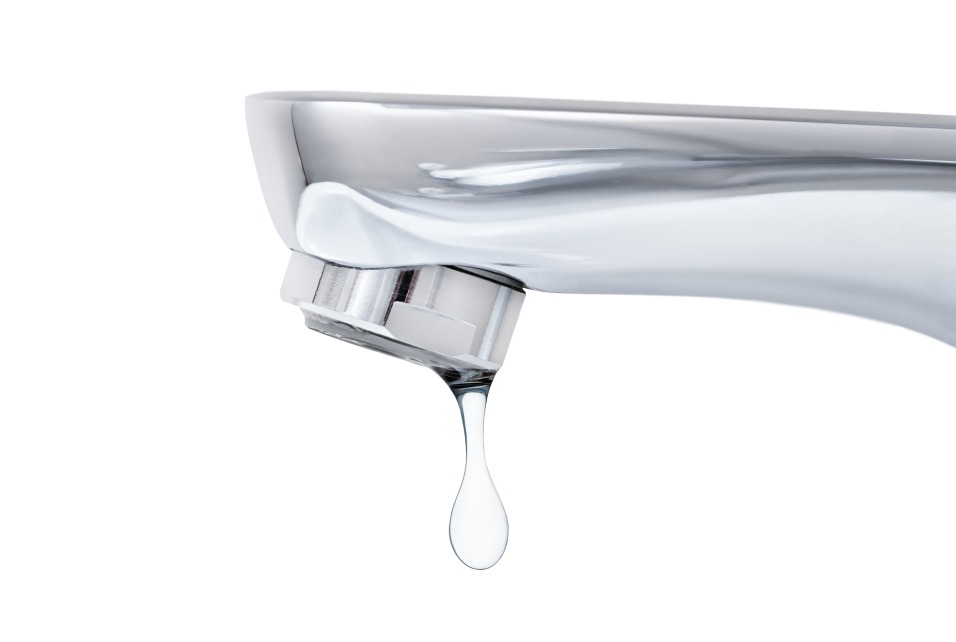| Tags | walk-in bath bath easy riser montana priya tray sizes anti-slip shower tray sizes shower tray freestanding baths geberit aquaclean aquaclean carron corner bath carron baths show all posts |
Top 5 DIY Plumbing Fixes Anyone Can Tackle at Home (And When to Call a Pro)
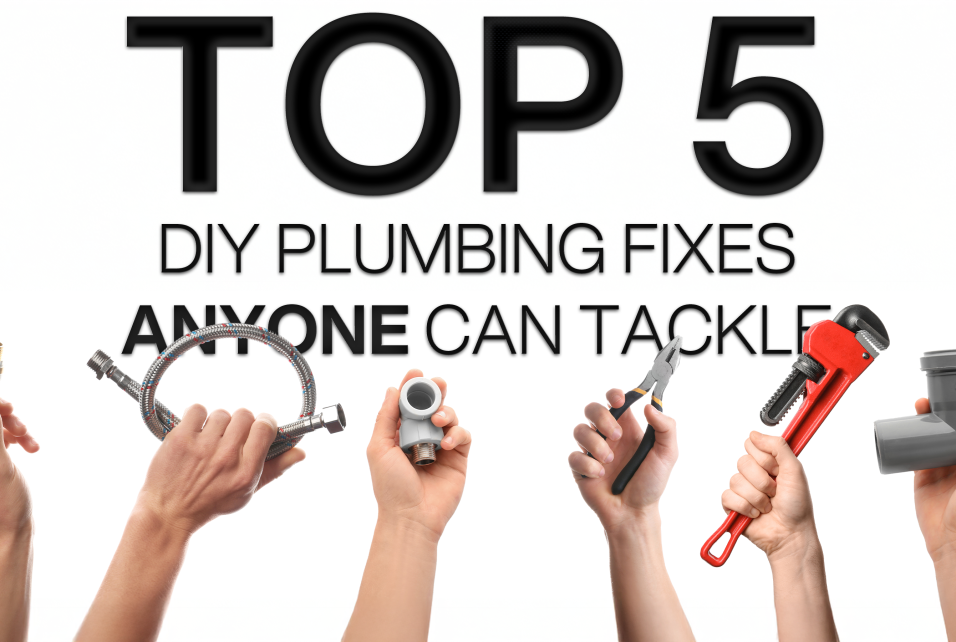
Plumbing issues have a bad reputation for being messy, expensive, and complicated—but surprisingly, many common problems aren't actually that difficult to fix yourself. Take a dripping tap or a slow-draining sink, for instance; tackling these jobs yourself can save you money, time, and the hassle of waiting around for a plumber. Plus, there's nothing more satisfying than solving a household problem yourself, especially when you've always assumed it was a job for the pros.
Now, I'm not suggesting you rip open your walls to hunt down an elusive leak or start messing about with your boiler. But the truth is, plenty of plumbing headaches are straightforward enough to solve in under an hour, often using tools you probably already have at home. This blog is all about giving you the confidence to tackle these simple plumbing fixes head-on, without getting overwhelmed by jargon or overly technical instructions.
I'll take you through each fix, step by step, highlighting common mistakes to avoid and letting you know exactly when it's better to put down the tools and make a call to the plumber. Let's start with one of the most common annoyances: the leaky tap.
Fixing a Leaky Tap (Dripping Tap Quick Win)
A dripping tap might seem harmless at first—maybe even easy to ignore—but that constant drip, drip, drip is quietly adding to your water bill. Plus, if you let it continue unchecked, you'll be dealing with much bigger headaches later on. Here's why: water dripping continually into a basin can lead to rust stains, limescale build-up, and even surface damage to ceramic and metal fittings. Worst-case scenario? A leak left unattended might eventually mean a total tap replacement rather than a simple fix.
Thankfully, the problem is often caused by a worn-out washer or cartridge inside the tap, and replacing it isn't rocket science. First, make sure you turn off the water supply to the tap—there's usually an isolation valve directly underneath your sink, or you can shut off the main water supply if needed. Next, open the tap to drain any remaining water and avoid an unwanted soaking.
Once that's sorted, you'll want to remove the tap's decorative cap to expose the screw holding it together. Unscrew it, lift off the tap handle, and you'll spot either a rubber washer or a ceramic cartridge. Identify the type, grab a matching replacement from your local DIY shop, and fit it in place. Put everything back together, and turn the water back on. Check carefully to see if the leak has stopped completely.
However, if after your best efforts, the tap still leaks, the problem might be deeper—think corrosion inside the tap body itself or damaged threads. At that point, it's usually time to swap out the entire tap or call a plumber.
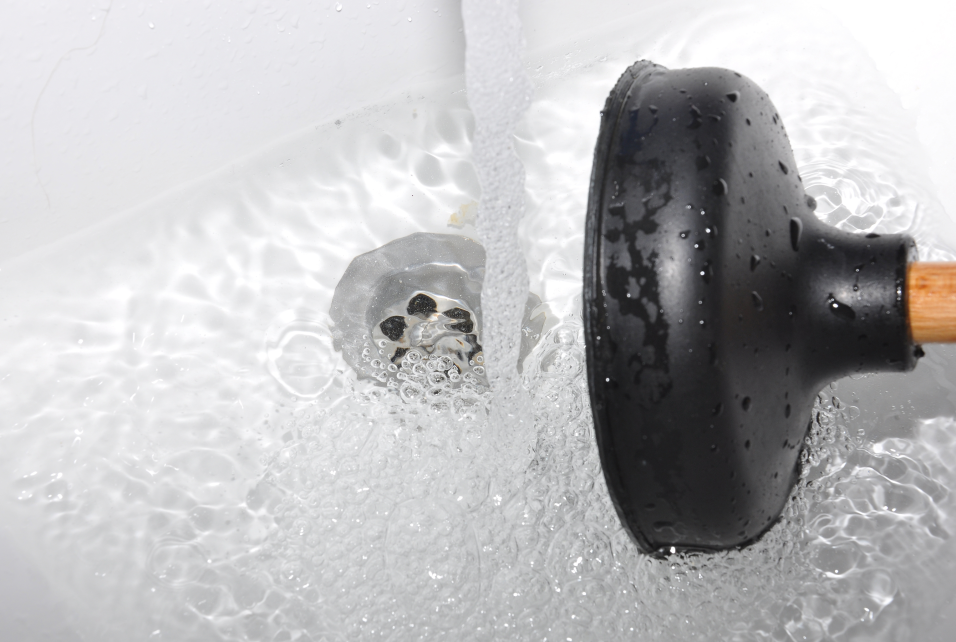
Unblocking a Slow or Clogged Sink
A blocked sink is one of those issues that creeps up gradually. One day, you notice water taking a little longer to drain away, and soon enough, you're staring down at standing water in a sink full of toothpaste foam or bits of leftover dinner. Before you give in and call a plumber, try this quick DIY approach to get things flowing again.
Firstly, resist the urge to reach straight for aggressive chemical cleaners. These products might promise quick fixes, but they're harsh on your pipework and, over time, could cause lasting damage. Instead, reach for something gentler but still effective: your trusty household plunger. Seal the plunger tightly around the plughole, ensuring there's enough water in the sink to create suction. Work the plunger vigorously for a minute or two—often, this simple motion is enough to dislodge whatever's causing the blockage.
If plunging doesn't work, it's time for a closer look. Place a bucket beneath the U-bend—that curved pipe under your sink—and carefully unscrew it. More often than not, you'll find hair, soap residue, or even rogue bits of food clogging things up. Clear out the debris, reattach the pipe, and check your work by running water through the tap.
To prevent future blockages, consider adding a simple strainer to your sink. And if your sink or basin itself is looking tired, or perhaps scratched and stained from persistent blockages, it might be the perfect excuse for a quick upgrade. Modern basins and sinks aren't just about functionality; they can instantly lift the look of your whole bathroom.
Replacing a Toilet Seat (A Job Everyone Puts Off)
We've all sat down on a toilet seat that shifts slightly or creaks alarmingly. A loose toilet seat isn't just irritating—it can actually be unsafe, especially if you've got kids or elderly family members at home. Luckily, swapping out a seat is one of the quickest plumbing fixes anyone can manage.
To start, measure your existing seat carefully. Toilet seats generally come in a few standard sizes, but there's nothing worse than picking up a replacement only to find it doesn't fit properly. Once you've got your dimensions sorted, removing the old seat is straightforward. Flip open the caps at the back of the seat, loosen the screws or bolts beneath, and lift the seat clear. A tip from experience: old fittings can be rusty or stuck in place, so a squirt of WD-40 beforehand might help ease things along.
When picking your replacement seat, think about comfort and durability. Solid wood seats feel warm and sturdy, while soft-close plastic seats provide that extra touch of convenience and luxury. Installing the new seat is as simple as lining it up with the existing holes, threading through the bolts, and tightening them up snugly—but not too tight, or you risk cracking the seat itself.
Replacing your seat often gives you a fresh perspective on the bathroom. If the room still feels dated after swapping the seat, consider updating the toilet entirely. Newer models use less water, are easier to keep clean, and offer a sleeker appearance that could complement your taps, showers, and other fittings beautifully.
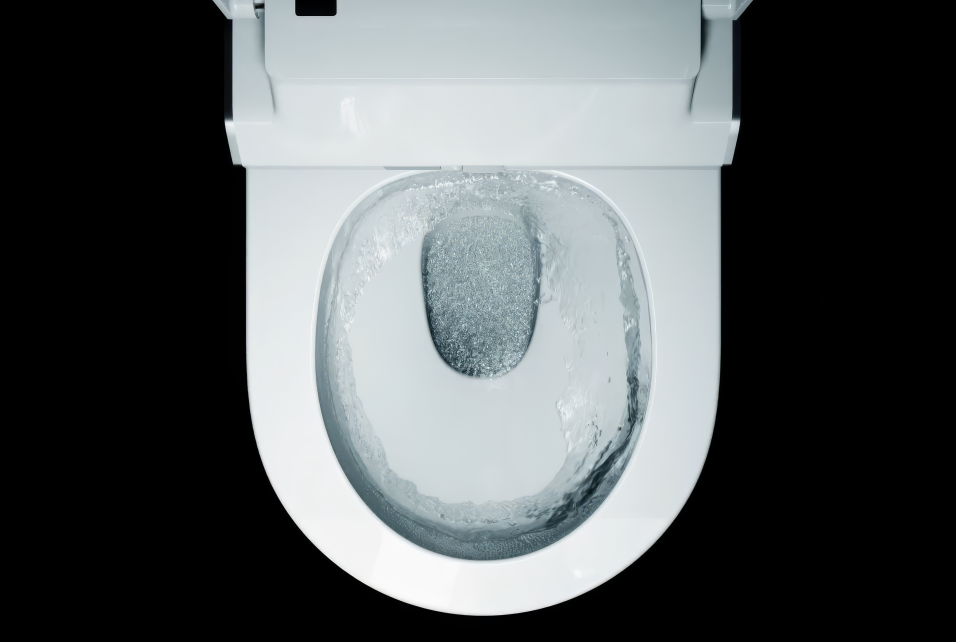
Stopping a Running Toilet (No More Wasted Water)
Few plumbing problems are quite as frustrating as a toilet that won't stop running. Not only does that persistent trickling noise drive you slowly mad, but every second of it is literally flushing money down the drain. Over a month, this tiny leak can add a surprising amount to your water bill—enough to pay for a takeaway or two at least.
The culprit behind this irritation is usually found inside the cistern: either a worn-out flapper valve or a faulty fill valve. The flapper is the little rubber seal that keeps water in the tank until you flush. Over time, it degrades or warps, allowing water to seep through continually. Similarly, the fill valve can fail to close fully, continuously adding water that quietly flows away.
To check this yourself, lift the lid off your cistern and watch the mechanism. If you see water constantly trickling into the overflow tube, try adjusting the float arm or float cup so the water stops just short of that overflow pipe. If the water keeps running, the fill valve likely needs replacing—it's simple and inexpensive. For issues with the flapper, you just unclip the old one and slot in the new. Remember, if you're not sure which part you need, snap a photo before heading to your local DIY store.
But what if your cistern itself is cracked or damaged, or the whole mechanism feels tired and outdated? It might be time to consider a new toilet entirely. Modern toilets are designed with more efficient flush mechanisms, stylish fittings, and water-saving technology that can save you money long-term. Plus, fitting a sleek, new toilet instantly gives your bathroom a fresh feel without the expense of a full renovation.
Sorting Out Low Water Pressure in Taps or Showers
Low water pressure turns something as simple as a shower into an annoying chore. Whether you're dealing with a shower that dribbles disappointingly or taps that take forever to fill the kettle, it's a problem worth tackling head-on.
First things first, figure out if the problem is isolated or affects your whole home. If it's just one tap or shower, check the aerators and shower heads. Over time, limescale deposits build up, gradually clogging holes and slowing down your water flow. Unscrew the aerator from the tap spout or remove the showerhead entirely and soak it overnight in white vinegar—this gentle method dissolves mineral deposits without damaging finishes. After a good soak and quick rinse, you'll often find your water flow significantly improved.
If cleaning the fixtures doesn't help, check your home's stopcock or isolation valves. Sometimes these can become partially closed by mistake—particularly common after recent plumbing work. Just opening these valves fully can instantly solve your pressure woes.
Still stuck with disappointing water pressure? It could be time to upgrade your fittings altogether. Today's taps and showers are often designed specifically to maximise water flow even in lower-pressure situations. A new mixer tap or modern showerhead isn't just practical—it can transform your bathroom's look and feel, providing an invigorating experience every morning and giving you that satisfying boost you deserve.
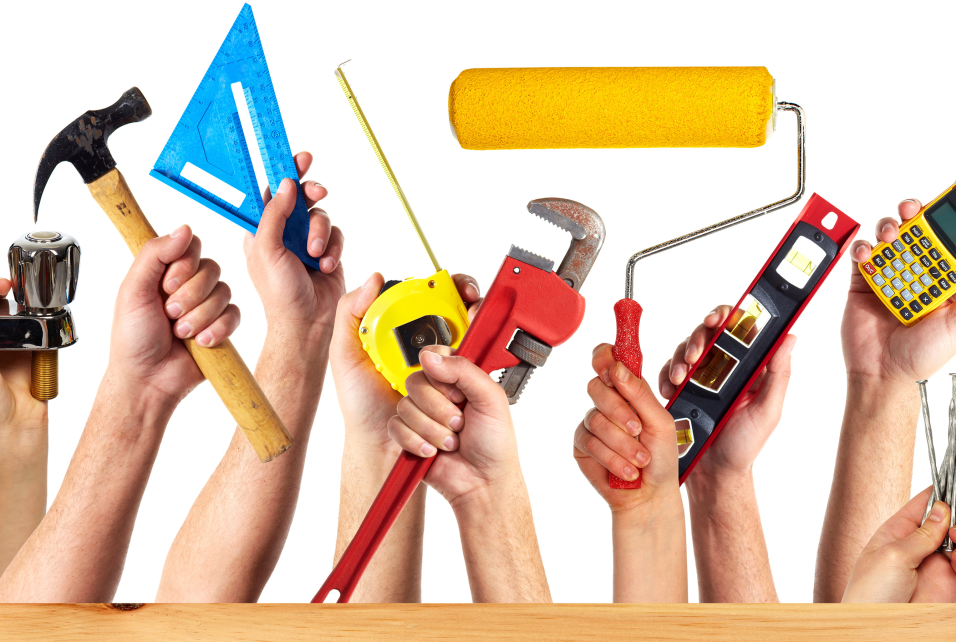
When to Put Down the Spanner – Call in the Experts
DIY plumbing is satisfying, wallet-friendly, and surprisingly simple most of the time. But even the most enthusiastic DIYer needs to know when it's wise to admit defeat and call in the professionals. Sometimes, plumbing isn't just pipes and washers—it's about safety, compliance, and keeping your home intact.
Here are the red flags to watch out for: mysterious damp patches suddenly appearing on walls or ceilings, stubborn or recurring blockages deep within your drains, or strange smells creeping into the bathroom from seemingly nowhere. These aren't minor annoyances; they're clues hinting at potentially serious issues lurking just beneath the surface.
If your boiler starts playing up, don't even think about opening it yourself—only Gas Safe registered professionals should touch gas appliances. Similarly, major pipework alterations or problems with your main water supply require a plumber's expert eye. Attempting these repairs yourself can lead to costly damage, or worse, a flooded home.
The key to peace of mind is finding a reliable plumber ahead of time, rather than waiting until you're knee-deep in an emergency. Ask friends for recommendations, read reviews, or check trusted directories. When a genuine emergency strikes, you'll be grateful to have a trusted professional at hand.
And remember, not every plumbing problem is a headache; sometimes, it's simply an opportunity. If you're regularly facing plumbing issues or outdated fixtures, it could be the perfect time to consider upgrading your bathroom fittings completely. Beautifully designed showers, taps, baths, and basins can enhance your home while eliminating recurring plumbing problems—saving you both stress and cash in the long run.
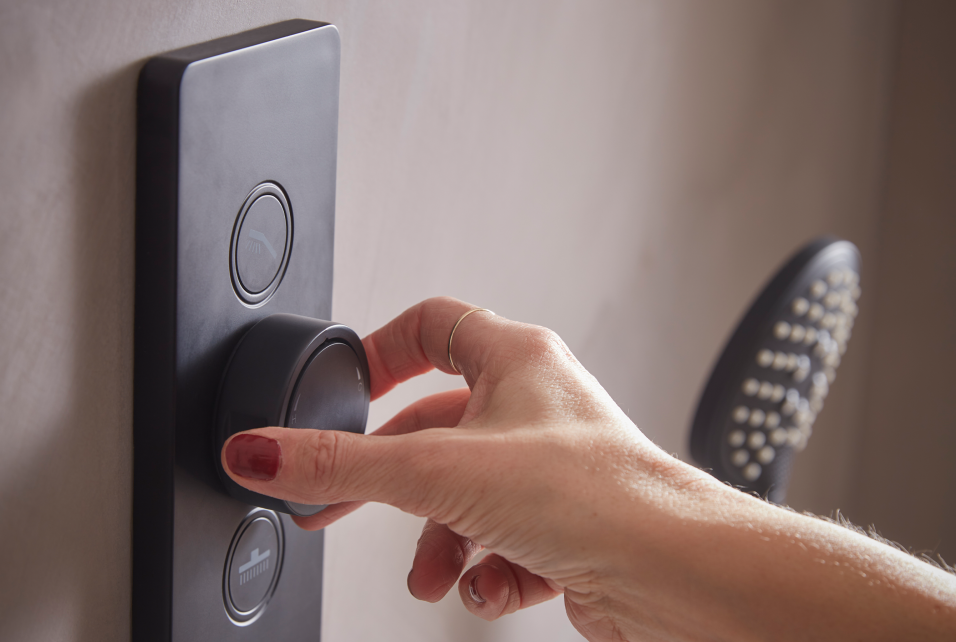
Quickfire FAQs: The DIY Plumbing Helpline
Let's tackle those quickfire plumbing queries that pop up regularly:
Can I use WD-40 on plumbing?
- Yes, sparingly—to loosen rusted nuts, bolts, or fittings—but not inside taps or pipes.
Why does my bathroom smell musty?
- Usually because of dampness or slow leaks. Check under basins, behind baths, or around showers for subtle leaks causing hidden mould.
Are push-fit fittings reliable for DIY?
- Absolutely. Modern push-fit fittings are robust and easy to use, ideal for DIY plumbing upgrades and repairs.
How often should I check for leaks at home?
- Twice a year is sensible. Regular checks under sinks, toilets, baths, and showers can catch issues before they cause damage.
Still have questions? Feel free to get in touch via our live chat (at the bottom right), or calling us directly at 01482 795165.

